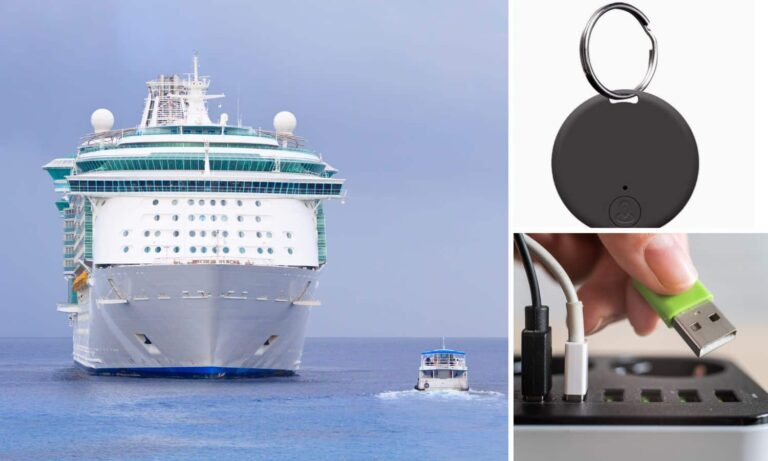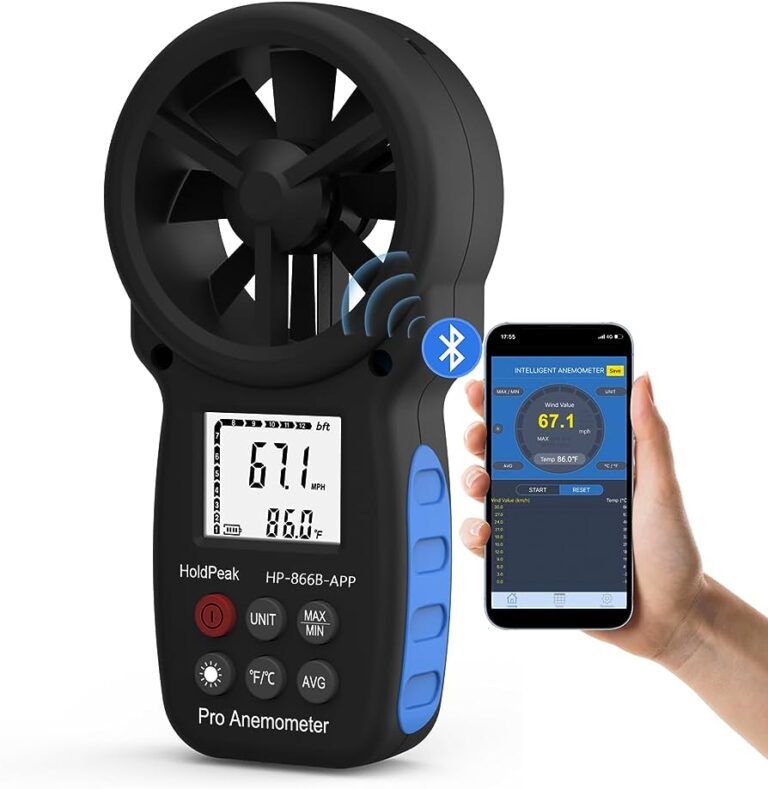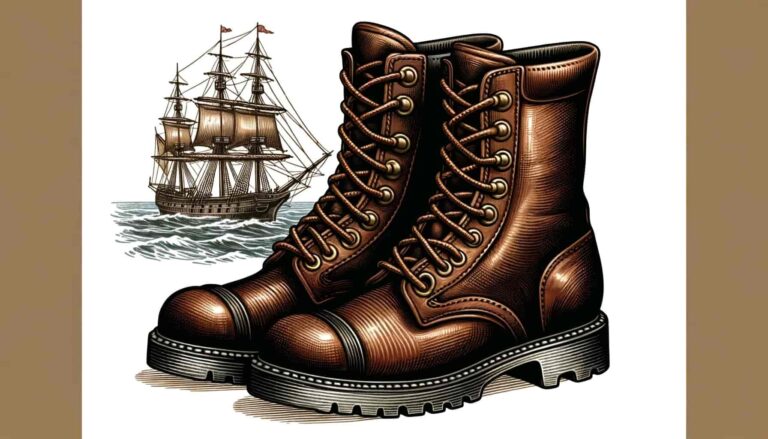Navigational Tools: Traditional Vs. Digital
Traditional navigational tools rely on physical maps and compasses, while digital tools utilize GPS and online mapping services. This article explores the differences between these two types of tools.
When comparing traditional and digital navigational tools, it is important to consider factors such as accuracy, convenience, and cost. Traditional tools offer a tactile experience and do not require batteries, but they can be less precise and involve more effort in planning routes.
On the other hand, digital tools provide real-time navigation and access to vast amounts of information, but they can be less reliable in areas with poor connectivity. By understanding the pros and cons of each type of tool, individuals can make informed decisions about which one best suits their navigational needs.
Traditional Navigational Tools
Traditional navigational tools have long been used for navigation, but the rise of digital alternatives has sparked a debate. Let’s explore the differences between traditional and digital navigational tools.
When it comes to navigating the great outdoors, traditional navigational tools such as maps and compasses have stood the test of time. These age-old instruments offer a wealth of advantages when it comes to finding our way in the wilderness.
Let’s take a closer look at the use of maps and compasses, the advantages they bring, as well as their limitations.
Use Of Maps And Compasses:
- Maps:
- Detailed representation of a specific area.
- Displays geographical features and landmarks.
- Indicates distance, scale, and elevation.
- Provides a visual reference for planning and navigation.
- Compasses:
- Magnetic tool pointing towards the Earth’s magnetic North.
- Helps determine direction accurately.
- Lightweight and compact, making it easy to carry.
- Works even in areas with no cellular reception or battery power.
Advantages Of Using Traditional Maps And Compasses:
- Reliability:
- Maps and compasses are not dependent on batteries or technology, ensuring their reliability in remote areas.
- They provide a backup option in case digital devices fail.
- Learning opportunity:
- Using traditional navigational tools allows us to develop a deeper understanding of the terrain and geographical surroundings.
- It encourages map-reading skills, fostering a connection with the environment.
- Versatility:
- Maps can be customized and marked with personal notes, highlighting specific routes, water sources, or potential hazards.
- Compasses can be used in conjunction with maps or standalone, making them versatile for different navigation techniques.
Limitations Of Traditional Navigational Tools:
- Skill requirement:
- Using traditional navigational tools effectively requires a certain level of expertise and knowledge.
- Proper interpretation of maps and accurate compass readings are vital for successful navigation.
- Inaccuracy:
- Maps can become outdated and fail to show recent changes in the landscape, such as new trails, road closures, or land development.
- Compasses may have slight errors due to magnetic declination, requiring adjustments for precise navigation.
Importance Of Navigation Skills:
- Safety:
- Navigation skills are paramount for outdoor enthusiasts to stay safe during their adventures.
- They aid in preventing getting lost, which can lead to dangerous situations or prolonged exposure to harsh conditions.
- Independence:
- Proficiency in traditional navigation empowers individuals with the ability to explore unfamiliar areas confidently.
- It reduces reliance on modern technology, giving a sense of self-reliance and freedom.
- Appreciation of nature:
- Developing navigation skills encourages a deeper connection with the natural world.
- It enhances the appreciation of landscapes, flora, fauna, and the beauty of the great outdoors.
Navigation Skills Required To Use Traditional Tools Effectively:
- Map reading:
- Understanding symbols, scales, contour lines, and grid coordinates on a map.
- Interpreting topographic features and understanding how they relate to the actual terrain.
- Compass navigation:
- Orienting a map using a compass to align with the surrounding landscape.
- Using a compass to determine direction, allowing for accurate navigation from point to point.
- Dead reckoning:
- Estimating one’s current position by factoring in distance, speed, and time traveled from a known point.
Applications Of Navigation Skills In Various Outdoor Activities:
- Hiking and backpacking:
- Efficiently planning and following trails while avoiding potential hazards.
- Safely navigating through challenging terrains, including dense forests or rugged mountains.
- Orienteering and geocaching:
- Competing in orienteering events by finding specific points using compasses and maps.
- Hunting hidden caches using GPS coordinates, then using traditional tools for the final search.
- Mountaineering and rock climbing:
- Ascending summits and cliffs by following predefined routes or creating new ones.
- Safely descending to base points after a successful climb.
Traditional navigational tools offer a unique way to explore and connect with the world around us. While they require skill and practice, they provide a reliable and versatile means of navigation, offering independence and a deeper appreciation for nature. Developing navigation skills equips us with the confidence to navigate various outdoor activities while keeping safety at the forefront.

Credit: www.thegreatoutdoorsmag.com
Digital Navigational Tools
Digital navigational tools offer a modern alternative to traditional navigation methods. With their user-friendly interfaces and real-time updates, these advanced tools simplify the process of finding directions and reaching destinations. Whether you’re driving, biking, or walking, these digital tools provide efficient and accurate navigation assistance.
Introduction To
Navigating through unfamiliar territory has become easier and more convenient with the advent of digital navigational tools. These innovative devices and applications have revolutionized the way we find our way, both in urban environments and out in nature. In this section, we will explore the different types of digital navigational tools available, their features and benefits, and compare them to traditional tools.
We will also delve into the accuracy, precision, ease of use, and convenience offered by digital navigational tools, as well as their various applications in outdoor recreation and hiking.
Different Types Of Digital Navigational Tools Available
Digital navigational tools encompass a wide range of devices and applications that offer navigation solutions at our fingertips. Here are some popular types:
- GPS devices: Portable gadgets equipped with GPS technology that provide precise location information, often used in outdoor activities.
- Navigation apps: Mobile applications installed on smartphones that utilize GPS data to provide turn-by-turn directions and detailed maps.
- Smartwatches: Wrist-mounted devices that integrate GPS functionality, allowing users to navigate without the need for a smartphone.
- In-car navigation systems: Built-in GPS systems in vehicles that offer real-time navigation and traffic updates.
Features And Benefits Of Digital Navigational Tools
Digital navigational tools come with a host of features that enhance our navigation experience. Here are some notable features and benefits:
- Real-time tracking: Digital tools allow us to track our exact location in real-time, ensuring we stay on the right path.
- Voice-guided directions: Navigation apps and GPS devices provide turn-by-turn instructions, voiced aloud, for hassle-free navigation while driving or hiking.
- Offline accessibility: Many digital tools offer offline maps, allowing us to navigate even in areas with limited or no internet connection.
- Points of interest: These tools often provide information on nearby attractions, restaurants, gas stations, and other points of interest, making it easier to plan our journey.
- Route optimization: Digital navigational tools analyze traffic data and suggest the most efficient routes, saving us time and minimizing frustration.
Comparison Between Traditional And Digital Tools
When comparing traditional tools such as physical maps, compasses, and paper-based route guides to their digital counterparts, several factors come into play. Let’s explore how digital navigational tools excel:
- Accuracy and precision: Digital tools leverage advanced GPS technology for highly accurate positioning, eliminating the risk of misinterpretation common in traditional tools.
- Ease of use and convenience: Digital tools offer user-friendly interfaces, real-time updates, and interactive features that simplify navigation, eliminating the need to carry multiple items.
- Versatility: From turn-by-turn directions to traffic updates and offline maps, digital tools provide a comprehensive navigation experience that traditional tools cannot match.
- Dynamic updates: Unlike printed maps or guidebooks, digital tools receive frequent updates, ensuring the most current information on routes and points of interest.
Applications Of Digital Navigational Tools
Digital navigational tools have found widespread applications in various domains. Let’s explore a couple of notable applications:
- Use of GPS devices in outdoor recreation and hiking: GPS devices are invaluable for hikers and outdoor enthusiasts, providing accurate location information, elevation data, and detailed maps for safe and enjoyable adventures.
- Navigation apps for smartphones and their functionalities: Navigation apps like Google Maps, Waze, and Apple Maps have become essential tools for urban navigation, offering real-time traffic updates, alternative route suggestions, and integration with other services like ride-sharing apps.
Digital navigational tools have transformed the way we navigate and explore the world around us. Their accuracy, convenience, and versatile features make them indispensable companions for both urban travelers and outdoor adventurers.
Choosing The Right Navigational Tool
Traditional and digital navigational tools present users with diverse choices for finding their way. Whether it’s a map or a GPS system, each has its pros and cons. Consider your preferences and requirements when deciding which one suits you best.
Navigational Tools: Traditional Vs. Digital
When it comes to choosing the right navigational tool, there are several factors to consider. Whether you’re embarking on an outdoor adventure or planning a trip, selecting the most suitable tool is crucial for a successful journey. In this section, we will explore the factors that can help you make an informed decision.
Let’s dive in:
Factors To Consider When Selecting A Navigational Tool:
- Purpose of navigation:
- Define the primary purpose of your navigation needs. Are you using it for outdoor recreation, travel, or both? Understanding your specific requirements will help you narrow down the options.
- Level of expertise and experience:
- Consider your familiarity with navigational tools and your experience in using them. Are you a seasoned explorer or a novice adventurer? This will determine the complexity of the tool you choose.
- Pros and cons of traditional and digital tools:
- Traditional navigational tools, such as maps and compasses, offer a sense of nostalgia and tangible connection to the environment. They don’t require batteries or internet connectivity, making them reliable in remote areas. However, they can be bulky to carry and require proficiency in map reading and compass usage.
- Digital tools, such as GPS devices and smartphone apps, provide convenience and real-time tracking. They often offer additional features like route planning and weather updates. However, they rely on battery life and signal strength, and some may require a data or network connection.
- Cost and accessibility:
- Evaluate the financial investment required for each option. Traditional tools like maps and compasses are generally more affordable and accessible without any technological limitations. Digital tools may incur costs for devices, apps, or subscriptions, and may be dependent on internet access and compatible devices.
- Reliability and durability:
- Consider the reliability and durability of the tools available. Traditional navigational tools have a long-standing reputation for reliability, as they are not reliant on technology that can fail. Digital tools are continuously evolving and improving but may have occasional technical glitches or be susceptible to water damage.
- Case studies and real-life examples:
- Explore case studies and real-life examples shared by outdoor enthusiasts and professionals. Their experiences and reviews can provide valuable insights into the effectiveness of different navigational tools in specific scenarios.
By taking these factors into account, you will be able to make an informed decision and choose a navigational tool that aligns with your needs and preferences. Remember, the right tool can enhance your outdoor experiences, increase safety, and ensure a more enjoyable journey.
So, weigh your options and embark on your next adventure with confidence!
Now, let’s delve into the exciting world of navigational tools and explore the pros and cons of traditional and digital options.
Frequently Asked Questions Of Navigational Tools: Traditional Vs. Digital
What Are The Two Types Of Navigation Tools?
The two types of navigation tools are GPS navigation systems and map-based navigation apps.
What Are Traditional Navigation Techniques?
Traditional navigation techniques refer to the methods used by individuals to find their way in physical spaces, such as using maps, landmarks, or asking for directions.
What Is The Best Tool To Use For Navigation?
The best tool for navigation is a GPS device, which provides accurate guidance for travelers.
What Are The Different Types Of Navigation Tools In Computer?
The different types of navigation tools in computers include menus, toolbars, breadcrumbs, and hyperlinks.
Conclusion
The comparison between traditional and digital navigational tools has revealed their respective advantages and limitations. Traditional tools like maps and compasses are reliable and do not require any battery or internet connection. On the other hand, digital tools such as GPS devices and smartphone apps provide real-time tracking, accurate directions, and additional features like traffic updates.
However, they are susceptible to technical glitches and depend on electricity and connectivity. While traditional navigational tools have their charm and are useful in certain situations, digital tools have become indispensable in our increasingly connected world. They offer convenience, efficiency, and ease of use that cannot be matched by their traditional counterparts.
Whether it is for leisurely exploring new places or navigating through congested city streets, digital tools provide unparalleled accuracy and reliability. Both traditional and digital navigational tools have their unique benefits and drawbacks. It ultimately comes down to personal preference, specific needs, and the context in which they are used.
Embracing the advancements of technology can enhance our navigation experiences, but it is also important to have a basic understanding of traditional tools to be prepared for any unexpected situations. Ultimately, we can make the most of our journey by combining the best of both worlds.








